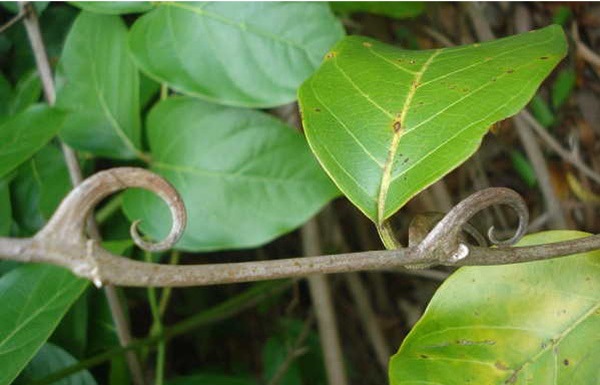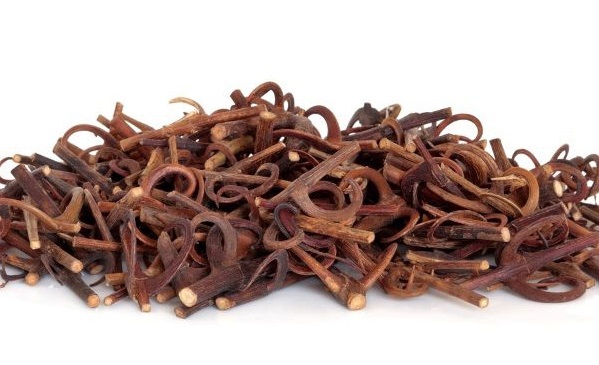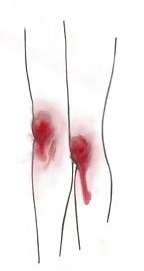
Cat’s Claw is a plant. Two species of Cat’s Claw, Uncaria tomentosa and Uncaria guianensis, are of primary interest for use as medicine.
With a lengthy history dating back to the Inca civilisation, Cat’s Claw has been used as a traditional medicine in the Andes to treat inflammation, gastric ulcers, rheumatism, dysentery, intestinal complaints and wounds.
Cat’s Claw is one of the best antiviral herbs to boost the immune system and fight infection. This powerful herb is not only antiviral — it also has anti-inflammatory, antimutagenic and antioxidant properties. These health-promoting attributes may make cat’s claw helpful as a natural treatment for arthritis, allergies, asthma, diabetes, chronic fatigue syndrome, cancer, viral infections, ulcers, hemorrhoids and more.
This woody vine native to the Amazon rainforest can help many serious health problems by assisting the body in eliminating free radicals that cause cellular damage.
Today, Cat’s Claw is used as a dietary supplement.

Constituents:
Cat’s Claw has many phytochemical elements that consist of oxidole alkaloids, quinovic acid glycosides, antioxidants, plant sterols and carboxyl alkyl esters. All of these are thought to have, in varying degrees, an action that can be attributed to the many benefits of Cat’s Claw.
It is used in traditional medicine by the Ashaninka, an ethnic group from the Peruvian Amazon, to treat deep wounds, to relieve gastrointestinal, joint and bone pain, kidneys, and for the treatment of women after delivery/labour.
- rheumatic pains;
- HIV or AIDS immunodeficiency;
- ulcers and tumors;
- blood coagulation;
- degenerative diseases such as cancers and tumors; irregularities of the menstrual cycle;
- gonorrhea;
- diabetes;
- deep wounds;
- Crohn’s disease ;
- Lyme disease;
- Treats high blood pressure.
WHO organized in 1994 in Geneva the First International Conference on Uncaria tomentosa. The benefits of this plant were unanimously recognized. Since the discovery of quinine, no wetland plant has attracted so much interest from the scientific community.
